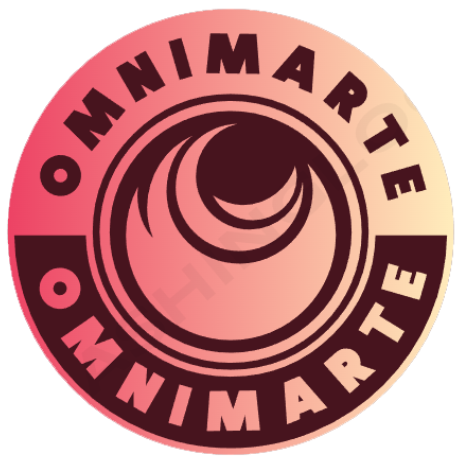Colombian States
[googlemaps https://www.google.com/maps/embed?pb=!1m18!1m12!1m3!1d4053843.806292507!2d-77.74790468272656!3d7.145434722105796!2m3!1f0!2f0!3f0!3m2!1i1024!2i768!4f13.1!3m3!1m2!1s0x8e4429b2d9a8a783%3A0x540a36ca7581959a!2sAntioquia%2C%20Colombia!5e0!3m2!1sen!2sus!4v1575938398156!5m2!1sen!2sus&w=600&h=450]
The United States of Colombia (1862-85) consisted of nine original States: Antioquia, Bolivar, Boyaca, Cundinamarca, Panama, Santander, Cauca, Magdalena, and Tolima. Although Magdalena and Cauca did issue stamps they are not in the Scotts catalog.
Most became sovereign states around 1858, by recognition as Estado de la Federación in the constitution of the Granadine Confederation. With the Constitution of 1886, the sovereign states became departments but continued with their postal services and stamps until 1906, when the national government took over all the services previously performed by the departments.


First Stamps, as follows:
Bolivar: 1863
Antioquoia: 1868
Cundinamarca: 1870
Tolima: 1870
Santander: 1884
Boyaca: 1899
Cauca: 1902
The small quantity of stamps issued, the lithographic printing and the variety of papers used make Antioquia a very special and interesting area of Colombian philately. With many stamps no complete sheet exists and with some stamps the largest multiple is only a pair. There was often a very small quantity of stamps printed, only 258 of some and no more than 1,000 of others. Covers of that period are even scarcer than the classic Colombian covers that are recorded.
Only very few hand stamps (postal markings) were used, and most stamps were cancelled in manuscript with the name of the town of origin.














There are a lot of issues possible for the collector of Colombian States and I don’t think it is a very popular area to collect so there are opportunities there. Most are inexpensive although the scarcer issues are, obviously, more expensive.
You May Also Like:


